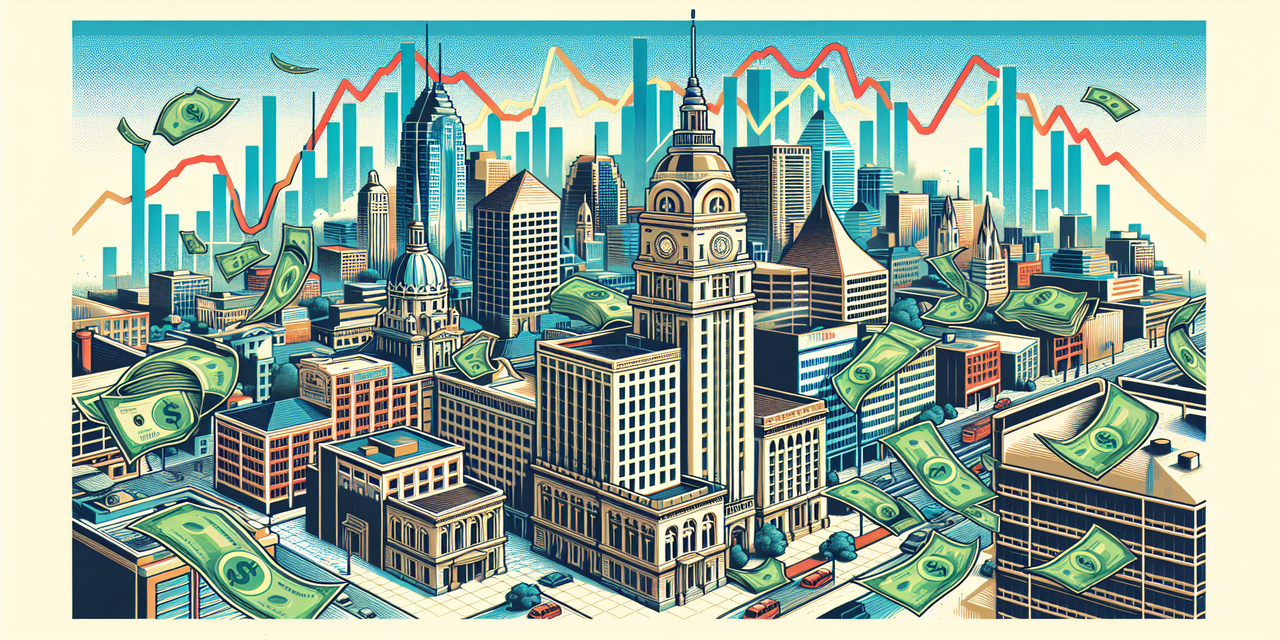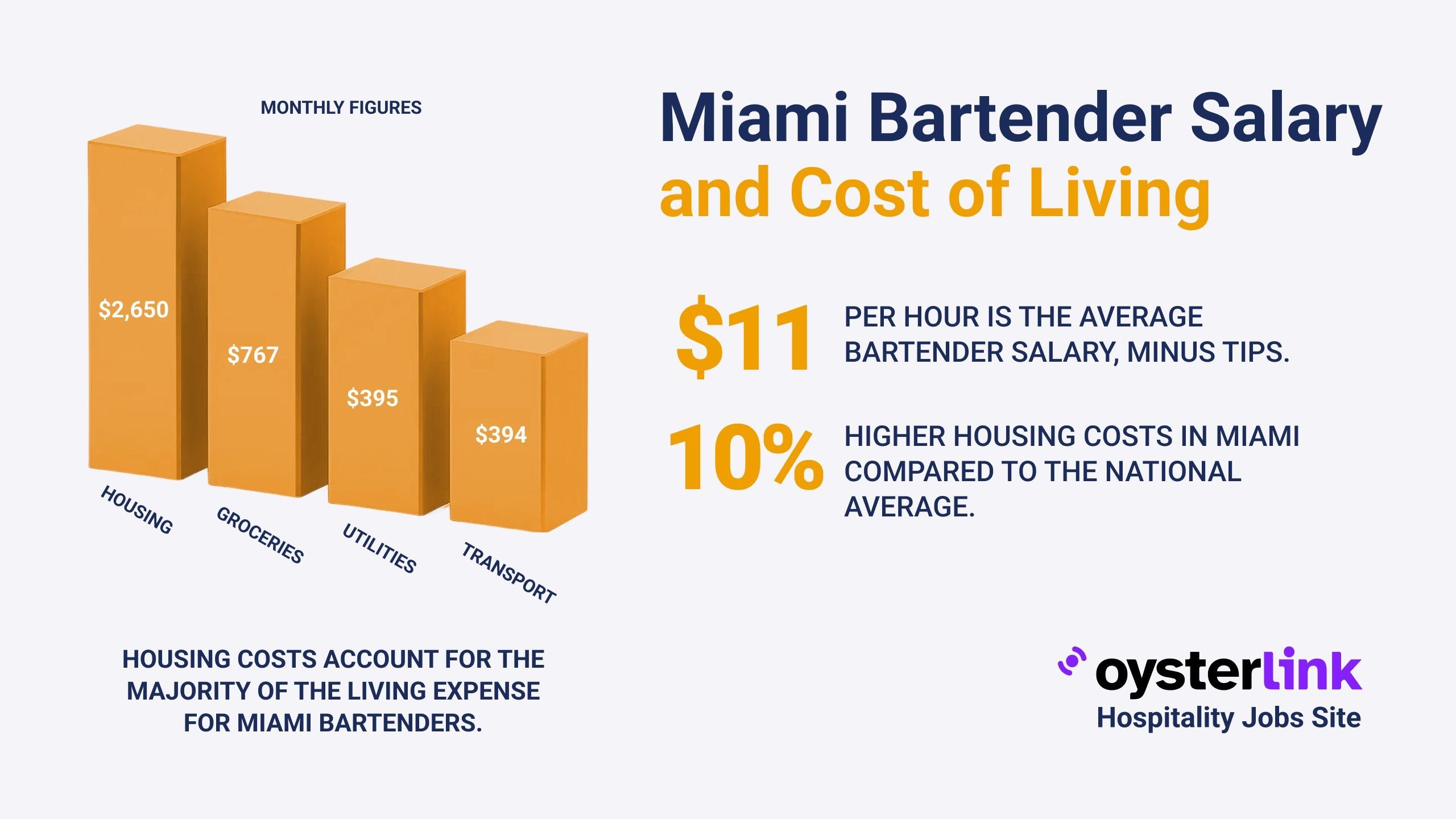Indiana Cost of Living: Quick Takeaways
- Housing Costs: In 2025, the average rent for a one-bedroom apartment in Indiana is expected to reach $1,475, a sharp increase from $700 in 2010.
- Transportation Expenses: Public transit fares average $1.77 per ride, while gasoline prices are around $3.21 per gallon.
- Healthcare Costs: Employer-sponsored health insurance averages about $140 per month, with silver plan premiums costing roughly $400.
- Income Levels: Median household income is expected to hold steady at approximately $61,044 in 2025.
Overall, Indiana’s cost of living is influenced by housing, transportation, healthcare, and education expenses.
The following analysis breaks down what residents can expect to pay across each major category in 2025.
1. Housing Costs in Indiana
Housing is a major factor affecting overall living expenses. Below are averages for renting a one-bedroom apartment over recent years in Indiana:
- 2010: Approximately $700
- 2015: Around $850
- 2020: Approximately $1,100
- 2024: Reached $1,400
- 2025: Projected at $1,475
These numbers demonstrate a steady upward trend in rental costs within the state.
Keeping track of real estate market trends can help hospitality employers and property managers better navigate Indiana’s housing costs.
2. Homeownership and Real Estate Trends in Indiana
For those looking to buy a home, the real estate market has experienced appreciable growth:
- 2010: Median home price was about $150,000
- 2015: Increased to $180,000
- 2020: Around $220,000
- 2024: Reached $242,672
- 2025: Projected at $253,014
The housing market remains competitive and steadily appreciating.
3. Transportation Expenses in Indiana
Indiana residents have several transportation options with costs including:
- Public Transit: One-way fares average $1.77, while monthly passes cost approximately $45.10
- Fuel Costs: Gasoline prices in 2025 average $3.21 per gallon
- Vehicle Maintenance: Annual maintenance averages $1,200
Transportation expenses can vary depending on individual commute and vehicle type.
4. Utility Costs in Indiana
A typical monthly utility bill for a standard apartment includes:
- Electricity: $125.00
- Internet Services: $67.10
- Total Utilities: $192.10
Utility costs depend on consumption and provider.
5. Grocery and Food Expenses in Indiana
Grocery expenses in Indiana are slightly lower than the national average, with estimated monthly costs of about $300 per person.
Dining costs differ by venue, with casual meals averaging $19 and mid-range restaurant outings priced around $63.50.
For restaurant owners and managers looking to optimize dining experiences and menu pricing, insights from restaurant consumer trends are useful resources.
6. Healthcare Costs in Indiana
Healthcare expenses include insurance and out-of-pocket costs:
- Employer-Sponsored Health Insurance: Monthly premiums average $140
- Silver Health Insurance Plan: Premiums cost approximately $400 per month
Healthcare costs differ based on coverage and medical needs.
7. Educational Expenses in Indiana
Education options offer varying costs:
- Public Schools: Generally free and funded by taxes
- Private Schools: Average tuition about $10,000 annually
- In-State University Tuition: Approximately $9,000 per year
Educational spending depends on the level and type of schooling.
8. Entertainment and Leisure in Indiana
Popular leisure activities include:
- Movie Tickets: Around $12.40 each
- Gym Memberships: Average $34.30 per month
- Dining Out: Meals at mid-range restaurants cost about $63.50
- Annual Entertainment Spend: Approximately $2,000 per person
- Personal Care Services: About $600 annually
- Miscellaneous Goods and Services: Close to $700 annually
These contribute to residents’ lifestyle and wellbeing.
Hospitality businesses can gain an edge in Indiana's competitive market by applying some of these customer loyalty secrets to strengthen guest retention.
9. Taxes and Miscellaneous Fees in Indiana
Indiana's tax landscape includes:
- State Income Tax: Flat rate of about 3.23%
- Sales Tax: General sales tax rate is 7%
- Property Tax: Average rate is 0.87%
Taxes impact household budgets and economic activity.
10. Childcare and Family Expenses in Indiana
Family-related costs encompass:
- Daycare Services: Average $1,484 monthly
- After-School Programs: Approximate monthly cost $500
- Extracurricular Activities: About $200 monthly
Families should plan accordingly for these expenses.
11. Clothing and Personal Care in Indiana
Spending on personal items typically includes:
- Clothing: Approximately $100 monthly
- Personal Care Products and Services: About $50 monthly
These costs vary with lifestyle and preferences.
12. Insurance Costs in Indiana
Insurance premiums are an important budget consideration:
- Health Insurance: Monthly average $400 for a silver plan
- Auto Insurance: Annual average $1,200
- Homeowners Insurance: Annual average $1,000
- Renters Insurance: Annual average $200
Insurance costs provide essential financial protection.
Restaurant owners may find practical information on restaurant insurance costs useful for managing their business risks.
13. Miscellaneous Expenses in Indiana
Additional living expenses include:
- Entertainment: Approximately $2,000 annually
- Personal Care Services: About $600 annually
- Miscellaneous Goods and Services: Around $700 annually
These contribute to a well-rounded lifestyle.
14. Income and Salaries in Indiana
Median household income history:
- 2010: $46,000
- 2015: $50,000
- 2020: $57,000
- 2023 & 2025: $61,044
Income growth reflects evolving economic conditions within the state.
Hospitality employers in Indiana can gain hiring and salary insights from reports such as top paying restaurant jobs to plan competitive compensation packages and recruitment strategies.
15. Comparison with National Averages
Indiana compares favorably overall with the U.S. average costs:
- Overall Cost of Living: Approximately 9% lower than national average
- Housing: 23% less expensive than the national average
- Utilities: Approximately 9% lower
- Food: 2% below national average
- Healthcare: 6% lower in costs
- Transportation: Slightly below national average by 1%
- Goods and Services: Higher by about 16%
These insights help residents and newcomers make informed financial decisions.
Our Methodology for Indiana Cost of Living Figures
This Indiana cost of living profile draws on data from reliable sources, including government reports, housing and transportation databases, healthcare studies, and consumer price indexes.
When exact figures were unavailable, estimates were developed using related market trends. The result is an up-to-date and accurate overview of Indiana’s 2025 cost landscape.
Indiana Cost of Living: Conclusion
In 2025, Indiana’s cost of living strikes a balance between affordability and steady growth, particularly in housing and transportation.
Lower housing and utility costs help the state compare favorably to national averages, though certain goods and services come at slightly higher prices.
By reviewing these cost factors in detail, both current residents and prospective movers can make more informed decisions about budgeting and lifestyle in Indiana.
For those exploring hospitality careers or employer considerations in the Indiana market, resources on restaurant labor shortages and hiring strategies can provide important context.

.webp)
.webp)
.png)
